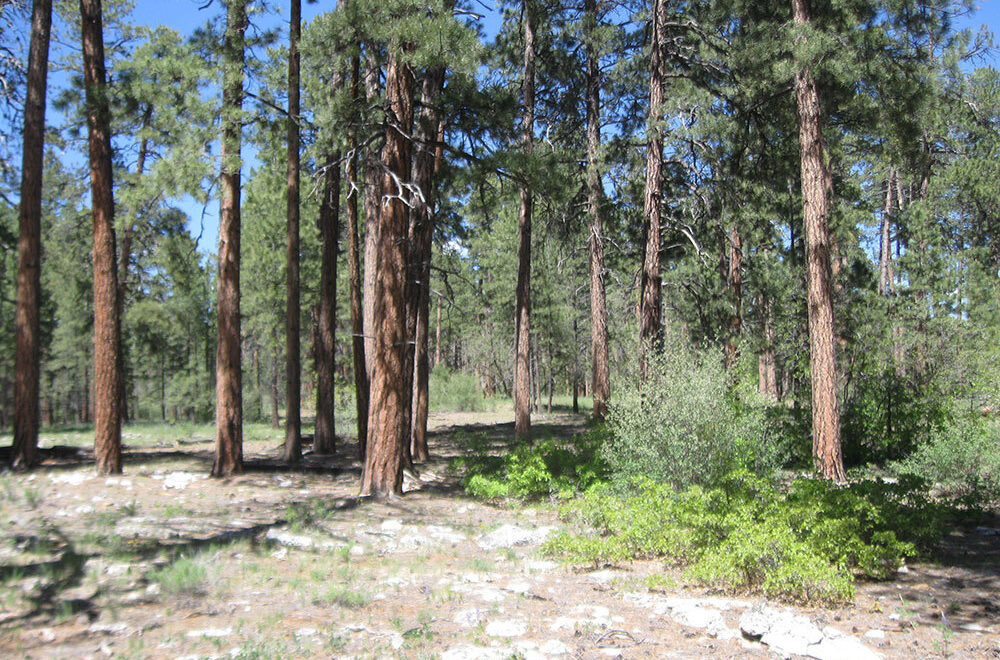Long before Europeans reached America, indigenous peoples had been interacting with their environments for centuries. Native Americans were early stewards of fire. Their removal resulted in lasting impacts to many forests. A new article takes a look at what happened among the Pueblo peoples of the Southwest U.S. Here is what the authors have to say about the significance of their findings:
Debates about the magnitude, tempo, and ecological effects of Native American depopulation after 1492 CE constitute some of the most contentious issues in American Indian history. Was population decline rapid and catastrophic, with effects extensive enough to change even the earth’s atmosphere? Or was depopulation more moderate, with indigenous numbers declining slowly after European colonization? Through a study of archaeology and dendrochronology, we conclude that neither of these scenarios accurately characterizes Pueblo peoples in the Southwest United States. Among the Jemez pueblos of New Mexico, depopulation struck swiftly and irrevocably, but occurred nearly a century after first contact with Europeans. This population crash subsequently altered the local environment, spurring the growth of trees and facilitating the spread of frequent forest fires.
Liebmann, Matthew J., et al. “Native American depopulation, reforestation, and fire regimes in the Southwest United States, 1492–1900 CE.” Proceedings of the National Academy of Sciences 113.6 (2016): E696-E704.

